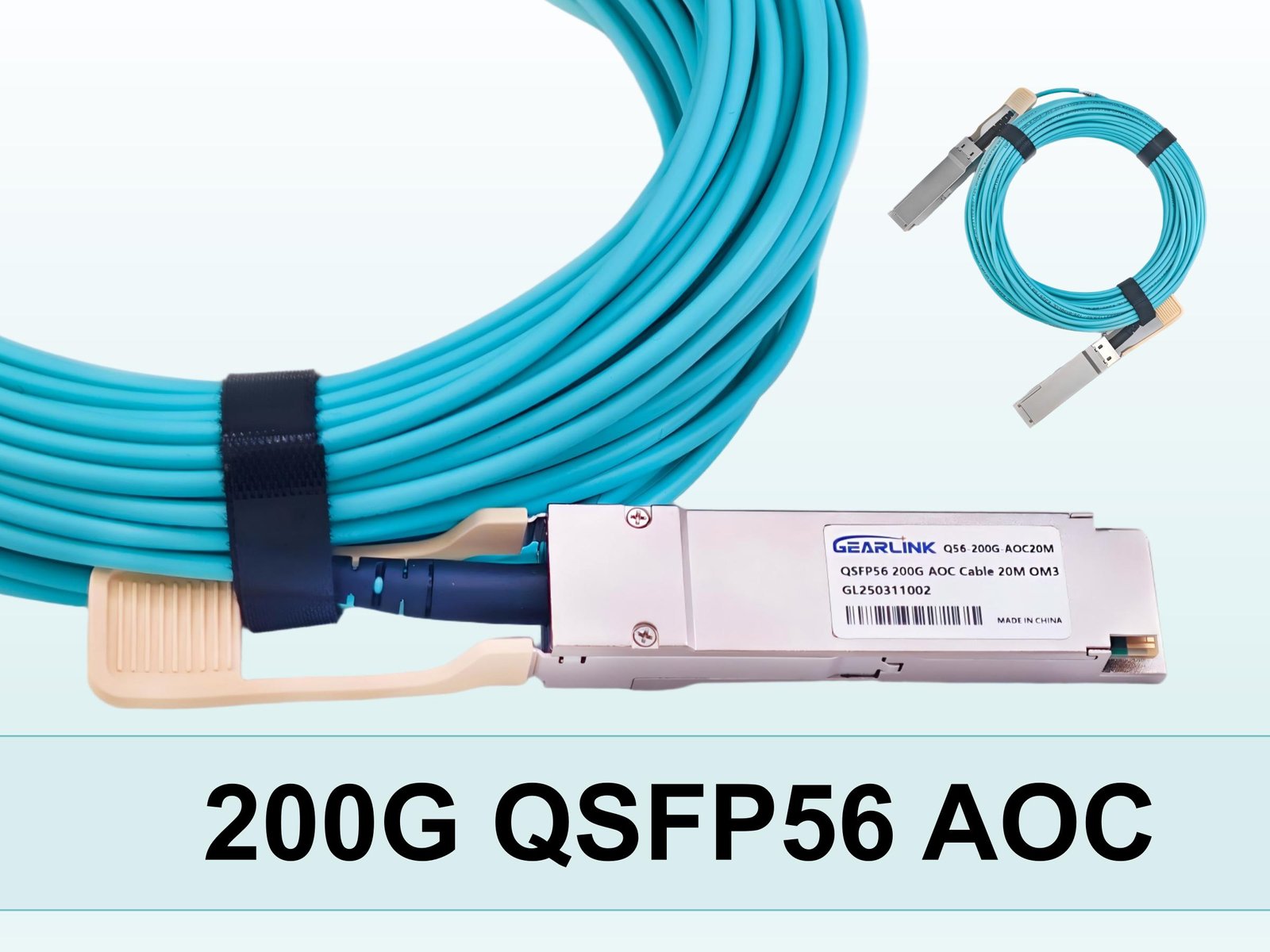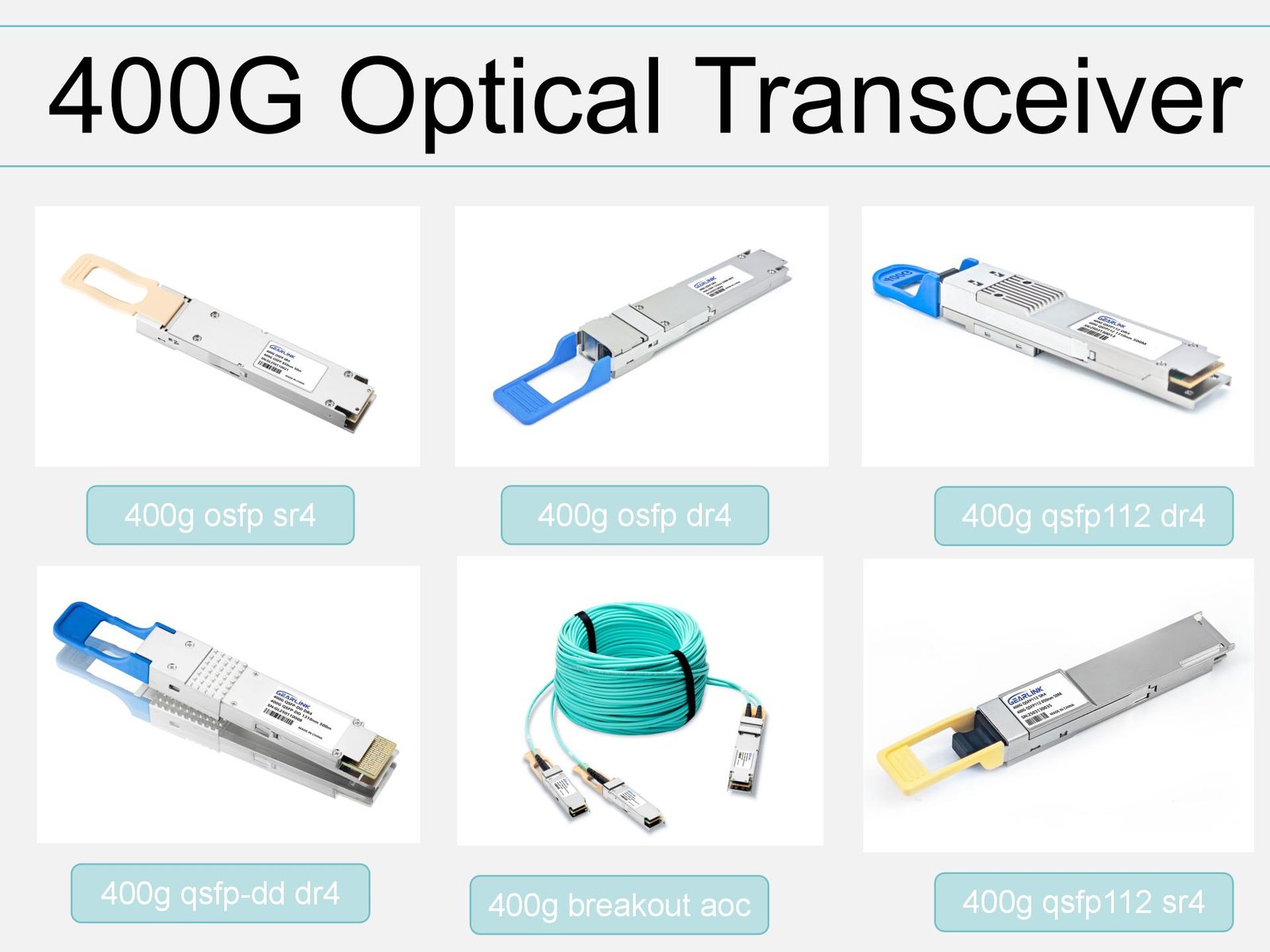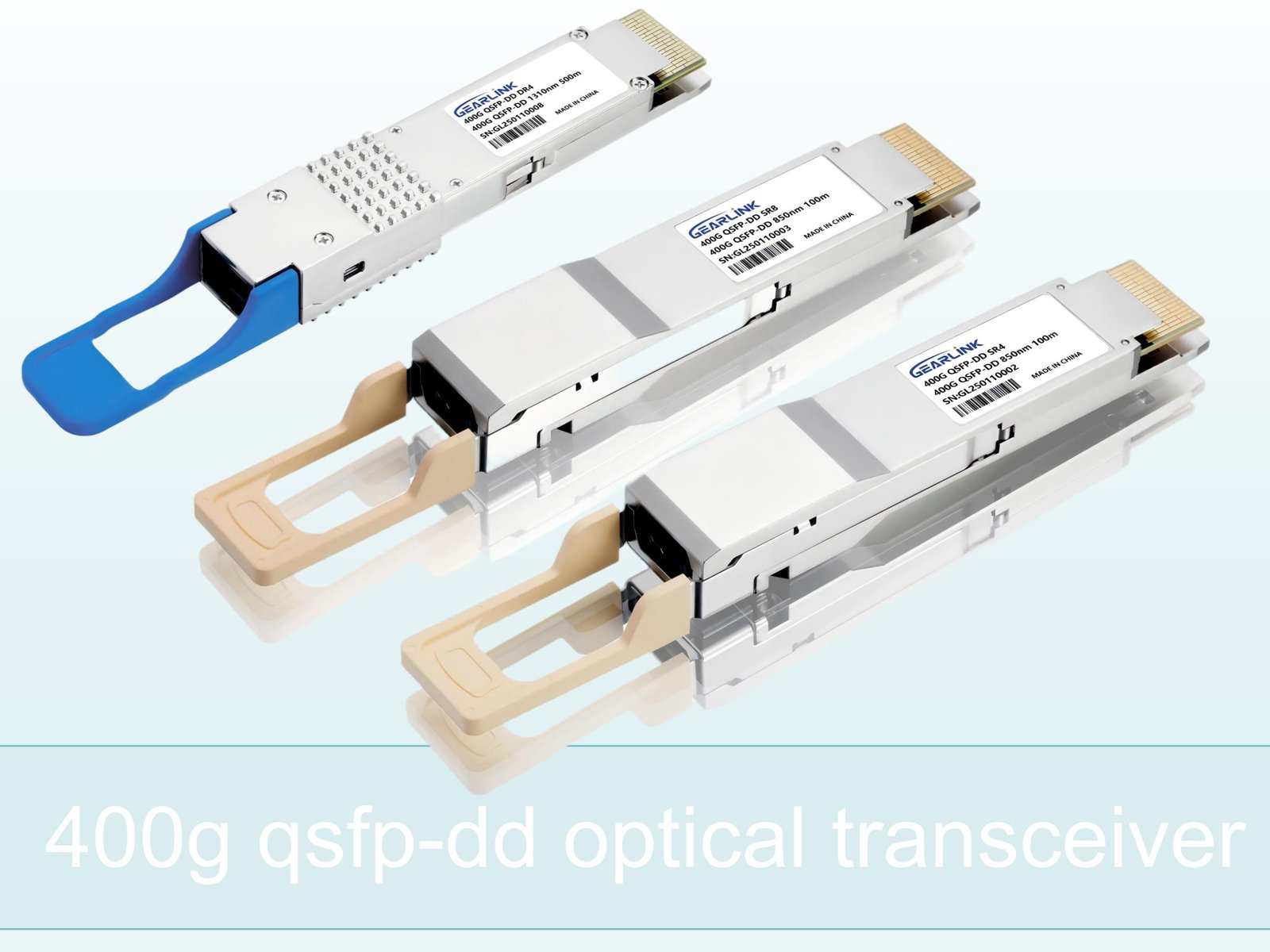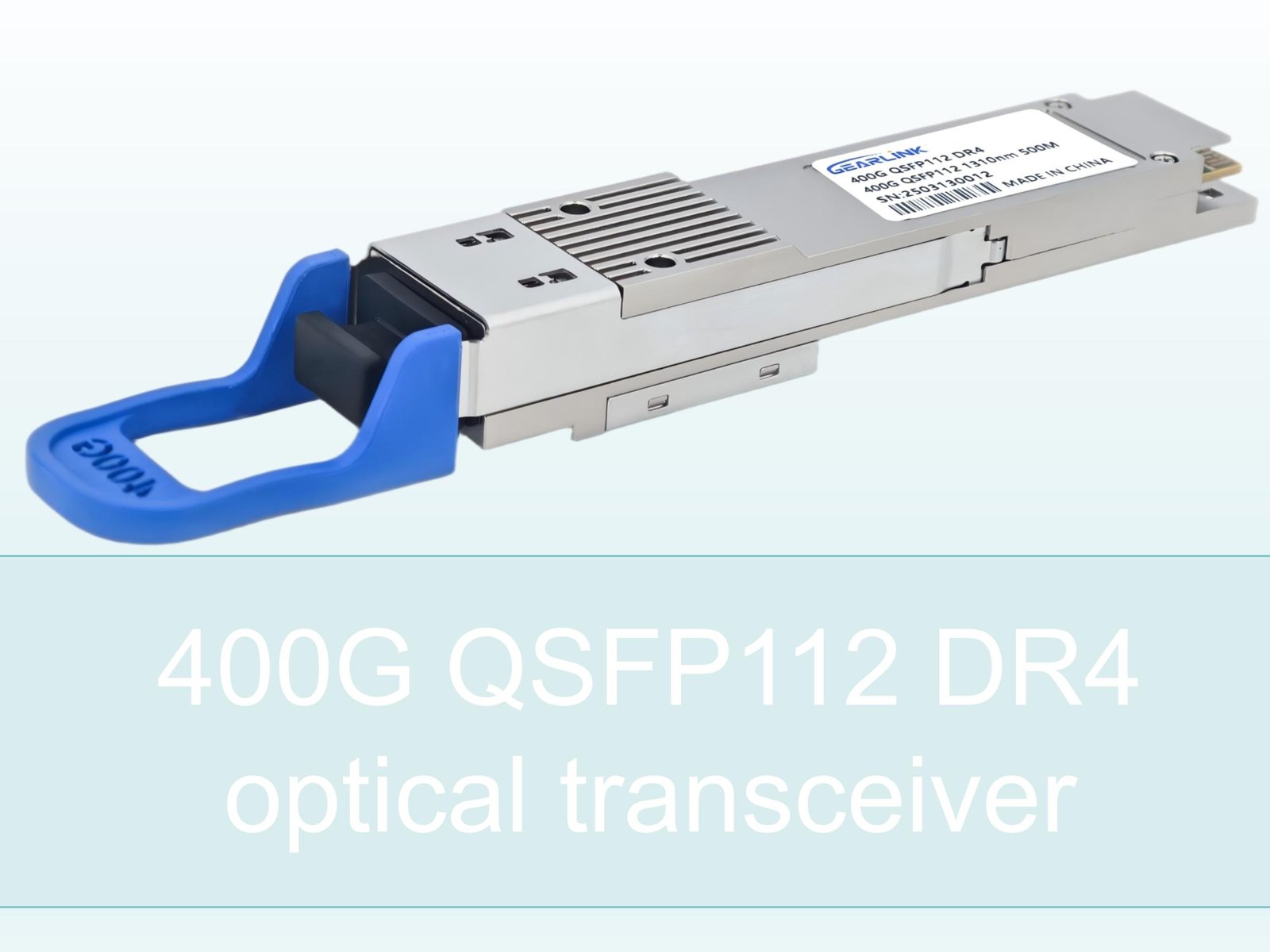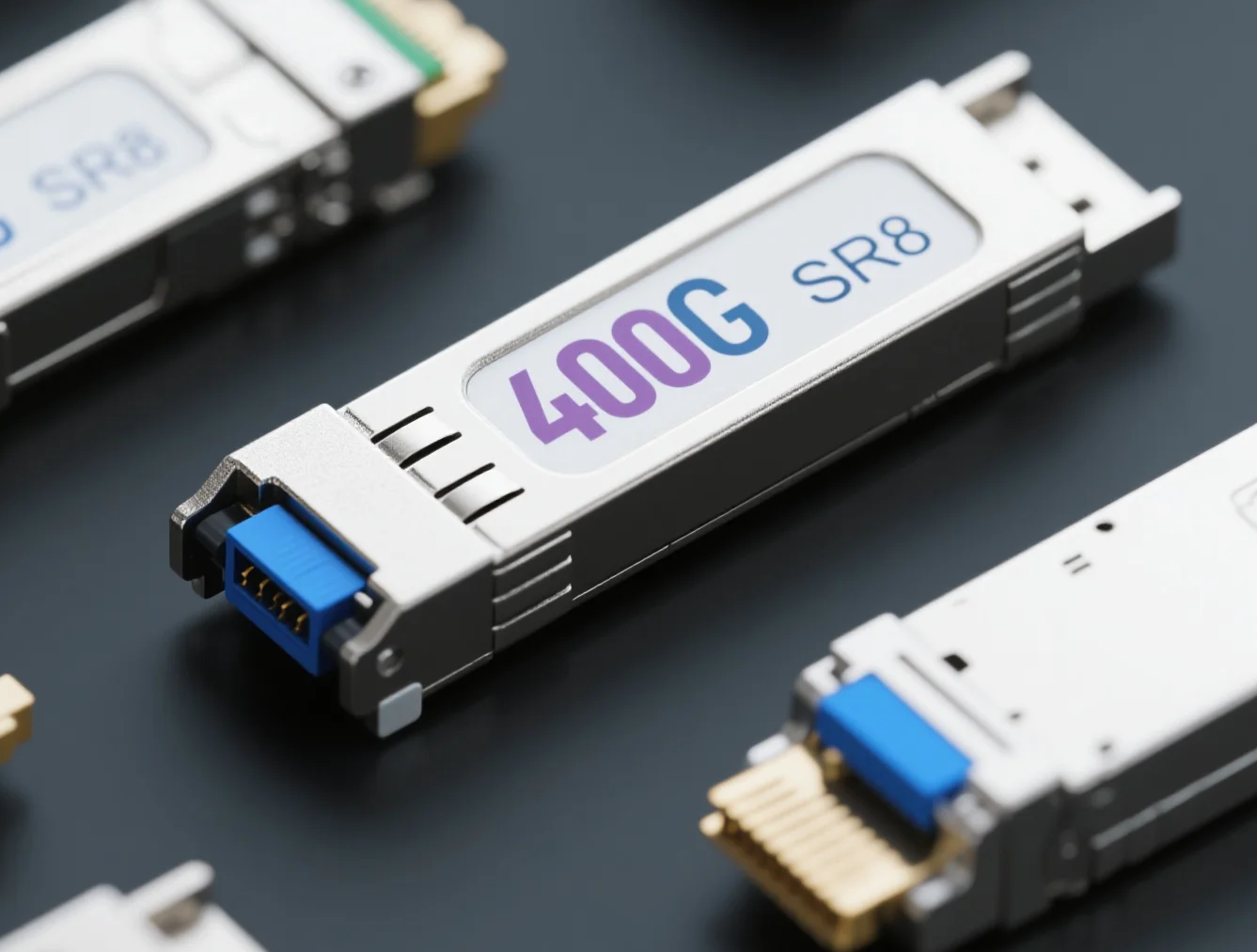In today’s high-speed networking world, Active Optical Cable technology has been embraced broadly. Meanwhile, 200G AOC is a powerful subset of Active Optical Cable solutions. This article explains both, and will help you understand how Active Optical Cable and 200G AOC interact, why they are important, and how to choose the right one.
From the outset, the term Active Optical Cable refers to fiber-optical cables in which the optical conversion & signal conditioning are built into the cable ends. In contrast, passive cables do not have such electronics. When you see “200G AOC,” it is a version of Active Optical Cable that supports 200 Gbps throughput.
In this article, you will see the phrase Active Optical Cable and 200G AOC repeated many times to reinforce clarity and SEO relevance. You will also find tables, comparisons, and a solid Q&A section to address typical user queries.
Why Use Active Optical Cable Technology?
Firstly, Active Optical Cable offers superior signal integrity over long runs compared with copper cables. Moreover, noise and electromagnetic interference are greatly reduced. Thus, many data centers, telecom operators, and enterprise networks deploy Active Optical Cable solutions.
Secondly, compared with traditional fiber plus transceivers, Active Optical Cable simplifies installation. In many cases, the electronics are built into the cable ends so that no separate transceivers are required. As a result, costs and complexity are often reduced.
Thirdly, as data rates rise, new standards demand higher speeds such as 100G, 200G, 400G, and beyond. In that context, 200G AOC is an ideal candidate. It is typically used for short to medium link distances (for example, within racks or between racks) and is favored because it is compact, lower power, and easier to install.
Finally, scalability is enhanced. When your network grows, you can upgrade from lower speed Active Optical Cable models to 200G AOC and beyond with minimal disruption.
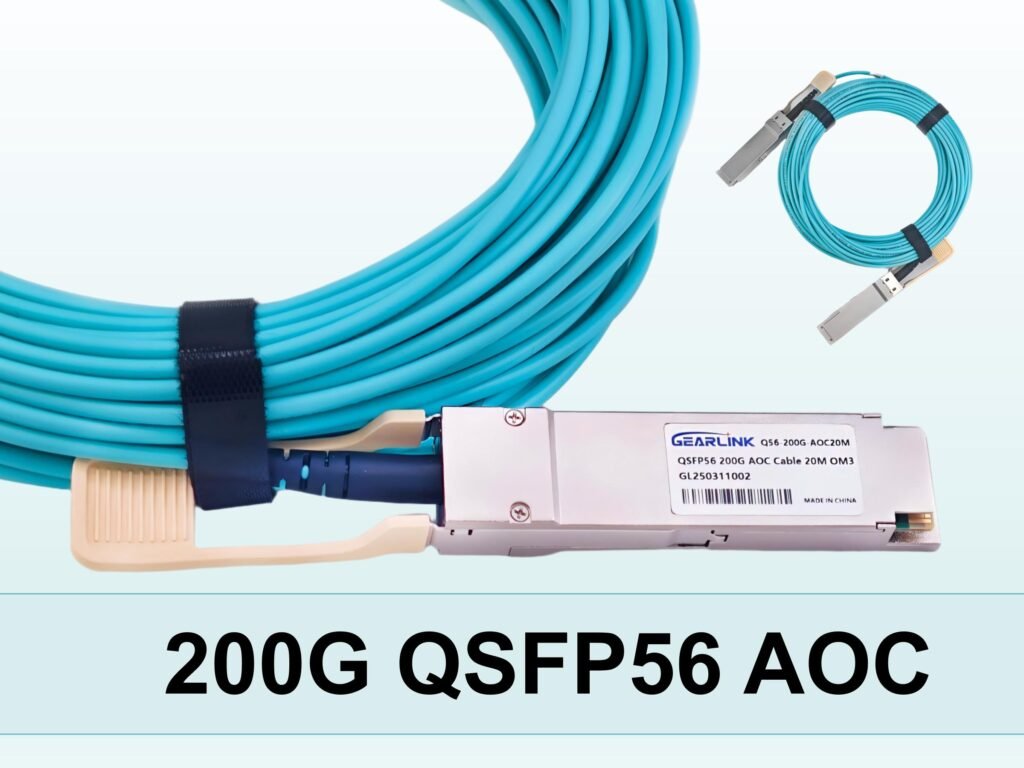
Understanding 200G AOC — Features and Specifications
What Is 200G AOC Precisely?
200G AOC stands for 200 Gigabit Active Optical Cable. It is a kind of Active Optical Cable designed to carry 200 Gbps of data. Often, 200G AOC uses parallel fiber technology (for example, 8×25 Gbps or 4×50 Gbps) inside the cable. Because it is active, signal regeneration and equalization are built into the cable ends.
Typical Specifications of 200G AOC
Below is a table summarizing typical specifications of 200G AOC (with some variation by vendor):
| Parameter | Typical Value / Range | Notes |
| Data Rate | 200 Gbps | Sometimes aggregated as 2 × 100G or 4 × 50G |
| Fiber Type | Multimode fiber (MMF) | Often OM3, OM4 or OM5 |
| Connector Type | QSFP56 / QSFP28 / OSFP (vendor-dependent) | Must match port interface |
| Maximum Distance | 10 m to 100 m | Dependent on fiber grade and eye margins |
| Power Consumption | ~1.5 W to 5 W | Lower compared to discrete optics + cable |
| Operating Temperature | 0 °C to 70 °C | Standard for data center ambient |
| Electrical Interface | NRZ or PAM4 signaling | Depending on internal structure |
Therefore, when selecting a 200G AOC, check these specs carefully.
How 200G AOC Relates to the Broader Active Optical Cable Family
Because 200G AOC is a subtype of Active Optical Cable, many of the general advantages and limitations of Active Optical Cable apply. But some trade-offs are more acute at 200 Gbps speeds:
Latency & signal conditioning: With higher speeds, the internal electronics must handle tighter tolerances.
Thermal management: More densely packed electronics generate heat that must be managed.
Cost per Gbps: At 200 Gbps, economies of scale are improving, but still often costlier per Gbps compared to lower speeds.
Hence, the decision to use a 200G AOC rather than a lower-speed Active Optical Cable depends on traffic demands, future growth, and budget.
Advantages & Challenges of Active Optical Cable and 200G AOC
Advantages
Reduced signal loss: Active Optical Cable delivers stronger signal integrity over longer distances compared with copper direct attach cables.
EMI immunity: Optical pathways are immune to electromagnetic interference, which is beneficial in dense rack environments.
Power & space savings: Especially for 200G AOC, integrated electronics reduce the need for separate transceivers.
Simplified management: Fewer discrete parts means simpler logistics and maintenance.
High bandwidth scalability: You can gradually adopt higher speeds (e.g. 100G → 200G → 400G) within the Active Optical Cable ecosystem.
Challenges & Considerations
Cost: Active Optical Cable, especially 200G AOC, can be more expensive up front than copper solutions.
Distance limitations: While improved over copper, 200G AOC may still be limited to tens up to one hundred meters in practical deployment.
Connector compatibility: Must align cable connector type (QSFP56, OSFP, etc.) with switch or NIC interface.
Thermal & power: High speed electronics require cooling and efficient power designs.
Vendor lock-in risk: Some Active Optical Cable systems are proprietary, reducing interoperability.
In spite of these challenges, Active Optical Cable and 200G AOC remain compelling for modern data center deployments.
Use Cases & Deployment Scenarios
Data Center Top-of-Rack (ToR) to Aggregation
Often in data centers, a 200G AOC is used between Top-of-Rack switches and aggregation layers when high bandwidth and short range are required. The cable’s integrated electronics simplify link management.
Switch-to-Switch High-Bandwidth Links
When two switches in adjacent racks need 200 Gbps connectivity over short distances (e.g. <100 m), a 200G AOC is an efficient solution compared to discrete optics plus patch cables.
High-Performance Computing (HPC) Clusters
In HPC clusters, high throughput and low latency are critical. An Active Optical Cable at 200 Gbps can serve interconnects between compute nodes or storage nodes without excessive signal degradation.
Telecom & Hyperscale Environments
In very large infrastructures, 200G AOC links are sometimes deployed for intra-rack fiber runs or in environments where dense fiber routing and modular design are needed.
Thus, whether you need direct rack links, switch uplinks, or compute interconnects, both Active Optical Cable and 200G AOC are relevant options.
How to Choose the Right Active Optical Cable / 200G AOC
Here are key decision factors to guide you:
Required Bandwidth & Growth Path
If your design demands 200 Gbps now or soon, choose a 200G AOC model. If lower speeds suffice, a lower-speed Active Optical Cable may reduce cost.
Distance Requirement
Check the maximum reach of candidate 200G AOC units. If your link is longer than its limit, you may need alternative optics or repeaters.
Connector & Port Compatibility
Ensure the 200G AOC connector (e.g., QSFP56, QSFP28, OSFP) is supported by your switch or NIC.
Power & Cooling Constraints
Evaluate the thermal impact of the cable electronics for 200G AOC in your rack or system ambient.
Vendor Interoperability & Standards Compliance
Prefer Active Optical Cable and 200G AOC solutions that follow industry standards and allow interoperability to avoid lock-in risk.
Cost Over Lifecycle
Compare not only upfront cost but also power, maintenance, and upgrade costs over time.
Redundancy & Reliability Needs
In mission-critical setups, choose higher-quality Active Optical Cable / 200G AOC suppliers with warranties, redundancy, and monitoring features.
A matrix decision table is shown below:
| Factor | Importance | Recommended Approach |
| Bandwidth & growth | High | Choose 200G AOC if anticipating high traffic |
| Distance | Medium | Match target distance to cable spec |
| Connector compatibility | High | Ensure port support (QSFP56, OSFP) |
| Power & thermal | Medium | Validate within your rack design |
| Standards & interoperability | High | Favor vendor-neutral solutions |
| Total cost of ownership | High | Consider power, support, upgrades |
| Reliability & support | Medium | Prefer certified, warrantied options |
By weighing these factors, you can pick an Active Optical Cable or 200G AOC that fits your network reliably and efficiently.
Installation, Best Practices & Maintenance
Installation Steps
Verify port compatibility — Check that your port supports the 200G AOC interface.
Handle cable gently — Do not bend below the minimum bend radius.
Clean connectors — Use lint-free wipes and isopropyl alcohol to avoid contamination.
Insertion & seating — Gently insert the Active Optical Cable ends fully into transceiver cages until latched.
Test link status — Check that link up is achieved and test throughput.
Secure routing — Use adequate cable management to prevent strain and maintain signal integrity.
Maintenance Tips
Periodically inspect connectors for dust or damage.
Monitor link error counters or optical warning alerts through switch diagnostics.
Use redundant paths where possible to reduce downtime impact.
Follow vendor firmware or configuration recommendations if embedded electronics need updates.
Replace cables before end-of-life if error rates increase or performance degrades.
By adopting disciplined practices, your Active Optical Cable and 200G AOC deployment will remain robust and low risk.
Future Outlook & Trends
Looking ahead, the Active Optical Cable class is evolving with support for 400G, 800G, and multi-terabit cables. Within this trend, 200G AOC is likely to remain a cost-effective, intermediate option in many network designs.
Emerging technologies such as co-packaged optics may eventually compete with traditional Active Optical Cable models. Yet for now, 200G AOC offers a proven, manageable midrange solution.
In addition, improvements in silicon photonics, better power efficiency, and enhanced interoperability are expected. So your investment in Active Optical Cable and 200G AOC is likely to be future-resistant for many years, as long as you stick with standards and modular designs.
Summary & Recommendations
To summarize:
Active Optical Cable is a category of fiber cables with built-in electronics; 200G AOC is a high-speed variant within that category supporting 200 Gbps.
200G AOC offers excellent performance for rack-scale, switch uplinks, and HPC interconnects.
Key trade-offs include cost, distance limitations, connector compatibility, and thermal management.
Choosing the right cable depends on bandwidth, distance, power budget, and vendor openness.
Proper installation and maintenance help ensure long life and reliable operation.
The future of Active Optical Cable looks promising, with continued evolution to higher speeds and better efficiency.
We strongly recommend that network designers and engineers seriously consider both Active Optical Cable and 200G AOC when planning future-proof, high-performance networks. With careful selection and deployment, the benefits will justify the investment over time.
Related Q&A
What is the difference between Active Optical Cable and 200G AOC?
Active Optical Cable is a general class of fiber cables with built-in electronics; 200G AOC refers specifically to those Active Optical Cables that support 200 Gbps performance.
Can 200G AOC be used beyond 100 m in an Active Optical Cable system?
In many cases, 200G AOC is limited to shorter distances (10 m to 100 m) depending on fiber quality and electronics. Some Active Optical Cable solutions may extend further, but that depends on design.
How do I choose between a lower-speed Active Optical Cable or a 200G AOC?
Consider your bandwidth needs, growth projections, cost, power, and distance. If 200 Gbps is required now or soon, choose 200G AOC; otherwise, a lower-speed Active Optical Cable may be more economical.
Does 200G AOC consume more power than other Active Optical Cable variants?
Generally yes: 200G AOC has more complex internal electronics and may draw more power compared to lower-speed Active Optical Cable units, so thermal and power planning is essential.
Is interoperability guaranteed between different vendors of Active Optical Cable and 200G AOC?
Not always. While many Active Optical Cable and 200G AOC products follow standards, some are proprietary. Always verify vendor compatibility before deployment.
